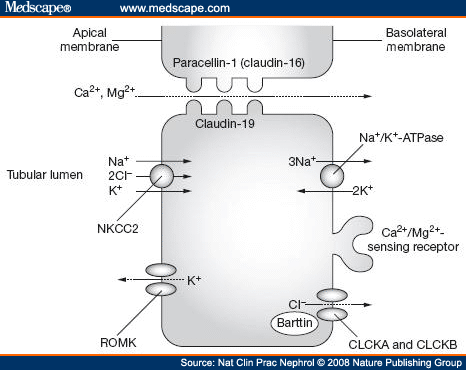

If the hydrophobic domain is preceded by positively charged residues, the N terminal remains out in the cytosol. The ribosome then continues the synthesis of the cytosolic domain.Īfter translation terminates, the dissociating ribosome leaves behind a type I signal transmembrane protein embedded in the ER membrane with its N terminal in the lumen and C terminal in the cytosol. Therefore, when the Sec61 channel encounters such a domain, it opens laterally to release the hydrophobic domain into the lipid bilayer, forming a transmembrane domain. It is then cleaved off by the adjacent signal peptidase complex, releasing the N terminal into the lumen.Ī hydrophobic domain in the polypeptide chain cannot cross the lipid bilayer and acts as a stop-transfer signal. 276, 20413–20418 (2001).The ER signal sequence of a transmembrane protein acts as a start-transfer signal for translocation through the Sec61 channel on the ER membrane.Īs translocation continues, the looped signal sequence uses the lateral gate of the Sec61 channel to move out. Nagasawa, M., Kanzaki, M., Iino, Y., Morishita, Y. Kuum, M., Veksler, V., Liiv, J., Ventura-Clapier, R. These cellular phenotypes are accompanied by hind leg weakness, trunk shaking, tail flagging, abnormal gaits, and ataxia in Clcc1(K298A) knock-in mice. They find enhanced ER stress in all these neuronal types as well as prominent degeneration of motoneurons.

To test this idea, the authors monitor BiP and ubiquitin staining, both hallmarks of ER stress, in cerebellar granule cells, dentate gyrus neurons, and motoneurons of K298A knock-in mice. These results suggest that reduction of function of CLCC1 may cause ER stress. Guo and colleagues notice that the volume of the ER is enlarged in cells in which CLCC1 is knocked down and in cells expressing CLCC1(K298A), a mutant identified in this study that does not respond to PIP2 with enhanced channel activity (Fig. The UPR consequently engages signaling pathways that try to compensate for the damage. Disturbance of ER protein folding due to either external stress or malfunction of ER homeostasis triggers ER stress and activation of the unfolded protein response (UPR). This result is consistent with the function of a postulated charge neutralizing Cl – efflux channel that needs to be engaged when luminal ER Ca 2+ concentration drops.Īs mentioned earlier, the ER is where secreted and membrane proteins are folded. The authors also show that CLCC1 current is inhibited by Ca 2+ in the trans compartment of the lipid bilayer, which corresponds to the ER lumen, and further identify two aspartic residues in the luminal N-terminus that are responsible for Ca 2+ inhibition (Fig. 11 In the first set of experiments, Guo and colleagues use immunocytochemistry, biochemical approaches, and electrophysiology to show that mouse and/or human CLCC1 colocalize with ER protein calnexin, form a protein complex composed of at least two subunits, and generate single channel and microscopic anion currents when reconstituted in the lipid bilayer. In this issue of Cell Research, using a combination of powerful and complementary techniques, Guo and colleagues provide evidence that Chloride Channel CLIC Like 1 (CLCC1), an ER-resident protein cloned more than 20 years ago, 10 is a mediator of Cl – efflux in the ER.


 0 kommentar(er)
0 kommentar(er)
